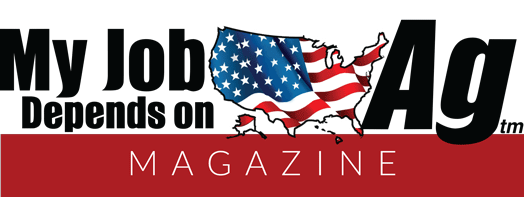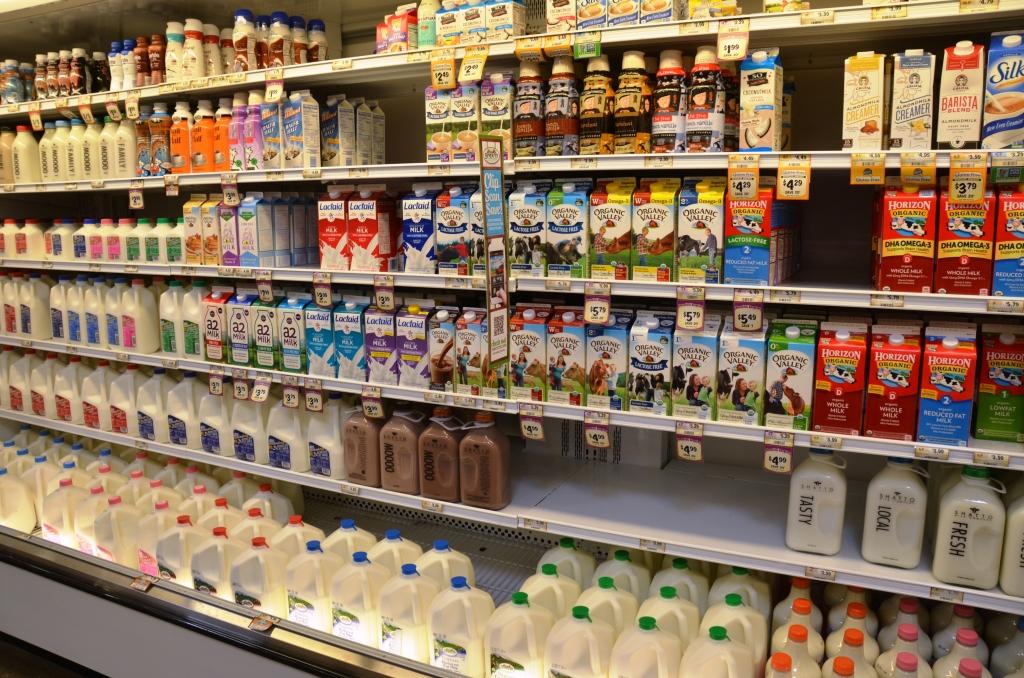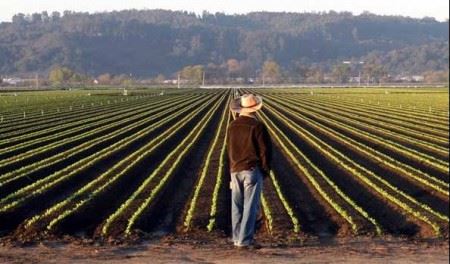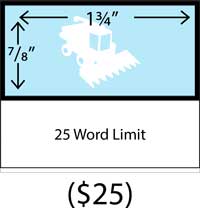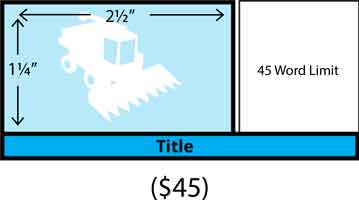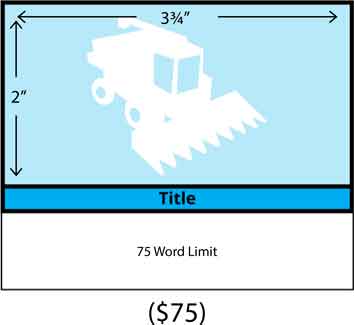Two new bankruptcy filings by two of America’s largest dairy processors, Dean Foods and Borden, are yet the most recent troubles to face the dairy industry and dairy farmers.
Dean Foods, the largest dairy processor in the U.S., has been struggling and unsuccessfully trying for the last couple of years to find a buyer for its entire operations, which includes 57 manufacturing facilities in the U.S. and a portfolio of brands including TruMoo, Berkeley Farms and DairyPure.
Following Dean Foods’ bankruptcy filing in late 2019, Dairy Farmers of America (DFA), a co-op with about 14,000 dairy farmer-members nationwide, agreed last month to buy a substantial portion of Dean Foods’ business for $425 million, which is far less than the big dairy processor had hoped to receive. If the deal goes through — it must be approved by the bankruptcy court and the U.S. Department of Justice’s Antitrust Division, which is no sure thing — DFA will acquire 44 of the company’s manufacturing facilities, as well as inventory, equipment and any other assets needed to operate them.
Publicly-held Dean Foods had revenue of nearly $8 billion in its most recent fiscal year, posting a loss of $327 million. It’s stock is essentially worthless, trading in late February 2020 for 18 cents a share.
The deal makes immediate sense — it might even be a necessity — because Dean Foods is DFAs largest customer. The cooperative’s dairy farmer-members are wondering who they will sell their milk to if Dean Foods goes under.
Things aren’t that simple though. DFA too is struggling financially. The co-op, which was formed in 1998, has seen its sales drop by over $1 billion over the last two years. Acquiring unprofitable Dean Foods will increase DFA’s annual revenue. But its $300 million-plus loss could prove troublesome for the cooperative.
Before filing bankruptcy Dean Foods did a variety of things — bringing in a new CEO, cutting costs, employee layoffs, beefing up marketing of its branded products, closing five facilities and more — none of which helped to reverse its losses
In January Borden Dairy, the iconic 150-year-old dairy company, also filed for bankruptcy protection. Borden, which has 13 milk processing plants and 100 branches nationally, is smaller than Dean Foods but still one of the largest dairy processors and buyers of milk from dairy farmers in the U.S
Rather than putting itself up for sale like Dean Foods has, Borden says it has a turnaround plan that will return it to profitability. That plan includes putting a major focus on its Borden brand, best symbolized by its mascot “Elsie The Cow,” which includes fluid and flavored milks, creams, dips and cheese.
This is one tall order for Borden though because the brand is viewed by many consumers as staid and boring. It needs a major refresh. Millennials and younger generations, whose interest food and drink brands must capture today, are hardly familiar with the Borden brand, and among those who are familiar with it, it doesn’t resonate well with them. They remember the Borden brand as something grandma had in her refrigerator.
An additional problem for Borden is that most if not all of the dairy categories it has products in, like fluid milk, cottage cheese, sour cream and dips and creamers, are declining.
Grocery retailers today control the fluid milk business with their own brands. They offer basic milk brands like Borden little or no space in store dairy cases. Instead that room is given primarily to premium and organic milk brands in the dairy segment and to plant-based milks like almond, soy, oat and others. In fact, it’s the plant-based milks that are getting nearly all of the new space in supermarket dairy cases, all but squeezing out mid-range dairy brands like Borden.
The struggling dairy processing industry is taking its toll on dairy farmers. There were 595 Chapter 12 family farm bankruptcies reported in 2019, up by nearly 100 from 2018, according to the American Farm Bureau Federation (AFBF). The majority of these filings were in dairy states like Wisconsin, which led the nation in filings with 12.
Wisconsin, which has the most dairy cows in the U.S. and is the number two milk-producing state after California, lost a whopping 818 dairy farms in 2019, a full 10% of its total, according to AFBF and USDA data.
Minnesota, South Dakota and Ohio, all big dairy states, were also at the top of the chapter 12 filing list.
Although California is faring a bit better than the Midwest dairy states are when it comes to dairy farm failures, it’s still been hit hard. In the 20-year period between 1997 and 2017, for example, California lost 1,267 dairy farms, according to USDA agricultural census data.
Overall, from 2017 to 2019, 8% to 10% of U.S. dairy farms went out of business, according to USDA statistics
The main reason the dairy industry and therefore dairy farmers are in trouble is because fluid milk sales and consumption have been declining for decades.
In 1984, dairy milk consumption represented a 15% share of all eating occasions, according to the NPD Group, a respected food and beverage industry research firm. Today it represents only a 9% share. Consumers are drinking bottled water, the best-selling beverage in the U.S in 2020, plant-based milks, which now comprise around 16% of the total milk category according to data from research firm Nielsen, and a myriad of other beverages, ranging from bottled teas and flavored sparkling water to kombucha.
A long stretch of low milk prices and limited profitability, both of which are related to the decline in milk consumption, also are taking their toll on dairy farmers. The problem is easy to describe but the solutions are more elusive.
Dairy farms will get bigger, mostly through consolidations, trying to use scale to survive. Dairy processors too will consolidate to survive. The potential sale of Dean Foods to DFA is a perfect example of that reality.
Many dairy farmers will simply quit the business and move on to something else. Late last year the Giacomazzi dairy near Hanford, the oldest continuously operating dairy in California, announced it would be ending dairy production on its farm and instead will focus on growing almonds. Fourth generation owner Gino Giacomazzi said too many years of low dairy prices and ever-increasing costs forced his decision to quit dairy and instead put his focus on 400 acres of almond trees.
The biggest hope and opportunity for the dairy industry from the farm to the processing plant is through added innovation by food companies and brands — the Chobani’s, Ben & Jerry’s and others of the world who continue to create and offer dairy products consumers love — through new product development and marketing that increases consumer demand for dairy products.
Dairy farmers, with the exception of the small percentage of vertically-integrated operators who successfully produce and market their own brands and products, are in reality at the mercy of processors and branded food companies in the dairy space.
As a result, there will continue to be struggles on the dairy farm as long as there continues to be struggles in dairyland. And there’s no guarantee that even the best and the brightest of marketers can reverse the decline in dairy consumption because even the best and brightest in the food industry are ultimately at the mercy of consumers.
